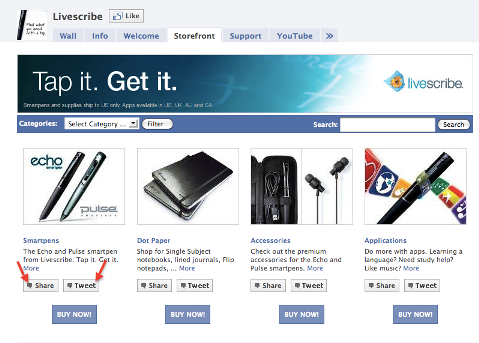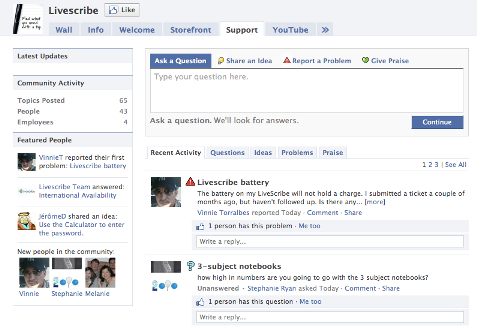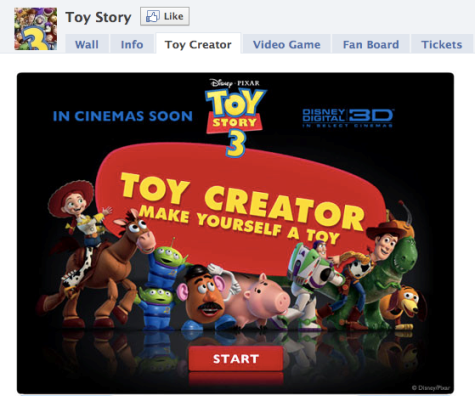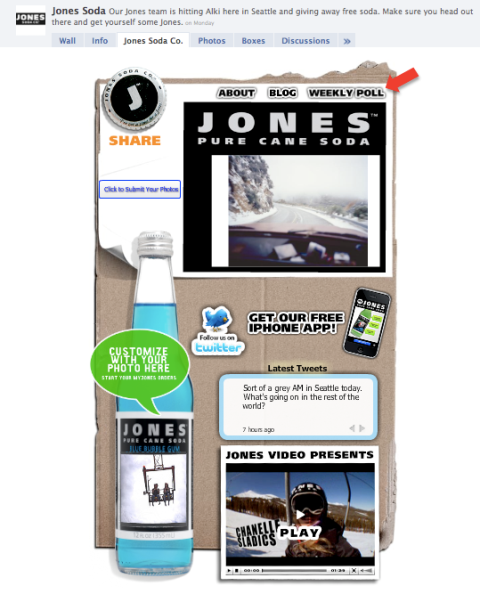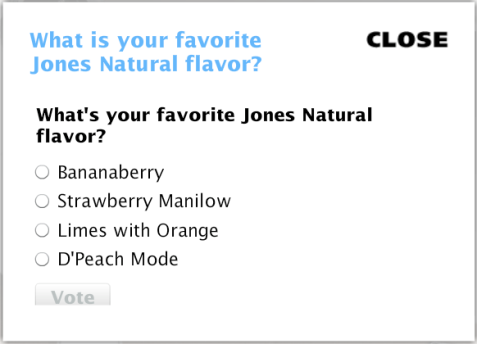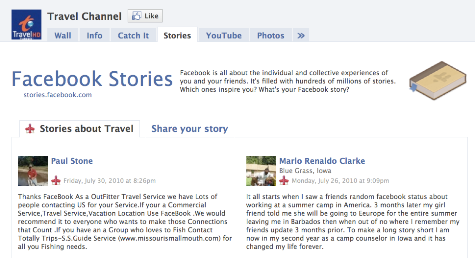The more that we observe our fellow man, the more obvious it becomes that humanity is unable to understand the problems that it causes for itself. If humans do not have the intellectual capacity to recognize most of their problems as being self-generated, then they are obviously incapable of correcting any of these life-threatening obstacles to the progression of mankind’s advancement, on their own. Leaving intellectually inferior beings in charge of the safety of the human race in the middle of an epochal historical confluence of multiple calamities is an existential form of negligence. The survival of the race requires that ways be found to institute a more capable decision-making process in the halls of power.
"The truth is: we are not telling the truth about these wars. America is not winning these wars."
No better example of our intellectual shortcomings could be found than in the recently concluded battle in Washington over raising the debt ceiling. Instead of solving the problems between the contrasting prevailing political opinions, the negotiating heads preferred to fight-out an opinion battle in the national press, proving that American government has degenerated into a “three-ring circus,” or a never-ending soap opera. Despite the threats, no real damage was done to the veterans, the elderly and the disabled, other than increasing their stress levels. The damages that have been done to our already mud-stained reputation are only helping to accelerate the global economic crisis.
The nature of the unfolding world crisis is one of an endless series of overlapping crises, with each crisis compounding the effects of previous blow-ups. An overwhelming global economic interruption is underway, but all of its negative effects are being made worse by endless military adventurism, which is heaping debt upon the center by the trillions. Before Obama got his way, most of us had never even contemplated what a “trillion dollars” actually meant. Now we toss the word around like it is really just business as usual, and not the most obvious signal that the whole thing has blown-up in their faces.
We are witnessing the outcome of a failed political system, which allows our Nation’s fate to be subjected to political considerations. By allowing government policy to be set by a dialectical see-saw, where the latest “winner takes all” politician jerks the decision-making process to either the right or the left, regardless of the fact that the correct answer would be a steady hand on the tiller, holding it like an anchor to the center.
Despite the fact that the losing party understands precisely the damage being done to our Constitutional Republic by their actions or inactions, it is usually the losing party which is the most vicious in its knee-jerk political actions. Invariably you will find, that it is the losing party which wages war upon the Republic itself as the means to correct the policies of the “treasonous” opponent. Instead of proving their wild ideas, they would prefer to hold their opponents to task, no matter what the human cost.
In this ideology of the loser, no actions taken to rectify the serious “errors” of their opponents can be considered to be as severe or as harmful as the opposition’s rhetorical attacks. It seems that terrorism is an acceptable form of battle in the war against seditious ideas. Knowledge that those entrusted to lead us attach greater importance to discrediting their opponents’ ideas than they do to validating their own (that the political battle is more important than the ideas being fought over), provides us a key to understanding the inadequacies of the human mind.
Vanity is the racial guarantor of our species’ stagnation. We have to make an effort to rise above our pride and accept new ways of thinking which make room for some sort of decision-making mechanism which relies upon intellects greater than the minds of individual men. Whether this new intellectual force is to be AI, cybernetically-enhanced human minds, or some computer-aided mechanism for tapping into the collective intellect of the greatest living minds, the human race must find some way to inject intellect into the governmental decision-making process. Stupid decisions are killing us. Individual personalities in control, like we have now, produce not just government gridlock, but the situation which we face, where every effort made to improve the situation as determined by the greatest political minds, only serves to make matters worse.
Human potential is equal to the total mass of all human “prodigies” added together, even the overlooked ones locked behind the barriers of poverty and the great class divide. Our potential to overcome our problems is limitless, if our potential were ever really tapped-into. This tells us that a true human renaissance awaits our children, in the very near future, dependent only upon us to make the changes which set their positive future into motion. The key to its unlocking it lies dormant, unused, because it has been hidden by hands which have a monetary stake in preventing a great awakening. Our civilization will either dead-end in the great ash heap of history, or we will step onto a new track to a better destination, together. The decision will either be made at the highest levels to do what is best for the American people and for the human race, or we will drink deeply of a deadly dose of apathy, but only if we lose the will to live.
Once the world of money and politics is revealed as a great parasitic infestation, that is sapping the life out of the human race, with its vapid political/military solutions to every problem that comes our way, then the popular support for tyranny will simply fade away. The time will soon come when all the emperors will stand naked before us, after they have been completely discredited the political/economic system that has nurtured them and their evil ways, overwhelming them with rivers of profits. The great injustice is that the economic tsunami which they have let loose upon the world will not focus solely upon the wave’s creators, but will dispense injustice equally to us all. Those at the top who are holding-on so tightly to the reigns of economic power (trying to squeeze every drop of profit out of the bankrupt systems in vain attempts to save themselves as well as their ill-gotten possessions) are strangling the lifelines for us all. Breaking their death grips will not spare anyone from the deluge that is coming, but it will open the supply lines that should already be flowing from a “humanitarian” government to the people, before the emergency hits, making survival easier for someone.
So you see, we are faced with two constants, which, when added together, reveal that our world is headed full speed to a great collision with the overtaking new world. It will either be the “New World Order” that many of us dread, or it will be a new world of our own making, a world that can only be discovered through experiments in collective “pulse-taking” (lessons to be learned from in place social networking), or other efforts to find the paths to democracy. When our worlds collide, visions of Empire will go up in smoke, but some new order will arise from the ashes, none the less. When the constant of the inevitability of the failure of political government is realized, then that is the moment when our greatest opportunity will arise. It will be the great moment of hope for all mankind, when genius is given the opportunity to provide the answers which human guile could never supply.
How do we steer away from the corporate New World Order, and set a course for freedom and universal human rights? Look toward our leaders and compare their words with leading thinkers–how do they compare? The recognized leaders all speak with one voice, even though they claim to be from different political parties. They project an aura of self-assurance, righteousness in the cause of justice. Yet their actions consistently contradict their words. Activists from both the right and the left spend their time trying to make the corrupted leadership eat their own words. In this ideological struggle, truth is the only weapon. He who possesses the most verifiable truth wins the war.
The truth is - we are not winning this war; we are not telling the truth about the war; we are not the good guys this time.
Social agitators, activists and other agents for change are people driven by their own vision - seeing into our negative future binds us all to a compulsory moral duty, to work for positive changes. If we see that our species, that our children will one day in their future, reach the point of losing all hope, then we would not be “fit parents,” allowing that to happen. If their last real hope was in us, that we would NOT let that happen to them and to their world, then who, or what force could stop us from throwing ourselves into the gears of the Imperial war machine? This is what makes us so dangerous to the powers that be. We who foresee the need to stand-up for something greater than ourselves, will willingly give-up our lives to stop them, once we understand the gravity of the situation. The knowledge of what has been done to America and the darkness that is still planned for us are powerful testimony of the loyalties of the people who have been running this country. It is irrefutable. Making more and more people aware of the true connection between our government and world terrorism will light political fires that no corrupted system could withstand. The power of the people will be an awesome sight to see.
Our great despair is that we are among a growing minority, those who can see where we are heading, including the unfortunate timing of our births. We have been privy to the birth pains of the coming Great Changing of humankind, aware of the great things to come, even though many of us will not be parties to the joyous event itself. The best that we can hope for in the here and now is to find all the truth that is within our grasp and then use it as the ultimate weapons available to us, in order to knock-down the walls which conceal the greatest truths from us all. The politics of money is a process of creating divisions and building walls. The impending human awakening will come when we either learn how to rise above all the walls, or acquire the means to tear them all down.
When the political path collapses before us, reducing all the walls that have been erected to enforce the man-made divisions, into great piles of rubble. The cost of recovery will be set by the amount of time required to set humanity upon a new, better path. The longer that we remain on the negative path to destruction, before turning around to begin the reconstruction, the greater the amount of limited funds that will be wasted in the fires of war—the less that will be available for the time of building.
At that time, it will become clear to all, that the true revolutionary is the man or woman who can see a better way, NOT he who is a journeyman at committing political violence. The violent radical who fancies himself a true “revolutionary,” is merely someone who is taking credit for the inevitable collapse of a failing Empire, at best, they may have helped to speed-up parts of that collapse.
It turns-out that the most revolutionary act is one of simple persuasion, trying to convince the men who have the most to lose, to turn the machinery onto the path of creativity, away from the road to our destruction. The problem with this approach is the futility of the task, the utter impossibility of convincing the ultra-wealthy to give-up the very thing that has given them all of this power. (Shoving a camel through the eye of a needle might really be easier). In order to convince lesser mortals to work towards turning humanity around, you must first persuade them to give-up hope in the great capitalist dream. The power of that dream maintains a terrible grip upon the minds of mankind, breaking it will necessarily require a series of individual awakenings, until the weight of that awakened minority is felt by the whole mass of humanity. We increase our numbers of aware individuals until we affect, or infect the whole.
This line of thinking reveals three tasks before us - giving credibility to the negative vision, giving form to the new direction, and creating the conviction of inevitability. We have already covered the first task to a great degree by covering the conspiracies that are guiding the chaos. The collapsing economy and the perpetuation of persistent conflict are both products of ineptitude and deception. Proving incompetence and that we have been lied to on a grand scale will help to convince the people that our leaders are idiots and their solutions are merely prolongations of the problems nothing more than political theater and propaganda. The second task will be a bit harder, in that it is far more difficult to bring substance to a vision out of thin air, painting an image of a better way to invest in mankind. The third task of communicating the abstract quantity of “inevitability” to a church filled with the under-educated faithful could border on the impossible.
Democracy is NOT a “two-party system.” Our glorious political system is a formula for manufacturing divisions, if not a template for outright civil war. Pushing this upon the world is a criminal act. What our “trusted” leaders have done is to strangle the American Republic to the point of near death, in an organized scheme of mass-extortion and bribery, focused on the perpetuation of power and the subjugation of an entire Nation. Pushing this arrangement upon other countries under pretense of helping is a formula for taking-over the political system of those countries.
Not being satisfied with the mass-rape and looting operations which have destroyed the American economy, these same leaders and the political factions which they represent, are mid-stream in the world’s greatest plot to seize control of the entire planet. Waist-deep in a raging economic river of their own making, our fearless leaders are also being swept away by the forces that they have helped to unleash and by those that they should have worked to contain. Instead of working to control the uncontrolled flood, they are content to roll with it, pouring endless sacks of money into the torrent, never once stopping to fill any of those same canvas bags with sand. Why build dams or levees in hopes of containing the destruction, when half of your men are busy dynamiting other levees?
The insanity of political man will continue to prevail until men and women of reason stand-up and show us a better way. The parade of idiots will continue and the dead weight of their archaic political beliefs will override common sense for as long as we let them. Until we fully realize the great genetic gifts that we have been blessed with, we will continue to follow the crooked path that leads us to the “idiot nation.” Until we utilize the greatest computer ever built by the hands of God, or at least dedicate the best computers built by man, to the task of preserving our species, we will continue to flounder on the rocks of ignorance.
What could be worse than total idiots leading the blind?













 In addition, Uno has incorporated a Fan of the Week conteston their Facebook page. Fans get their photo posted directly on the profile image of the restaurant’s wall.
In addition, Uno has incorporated a Fan of the Week conteston their Facebook page. Fans get their photo posted directly on the profile image of the restaurant’s wall. 
